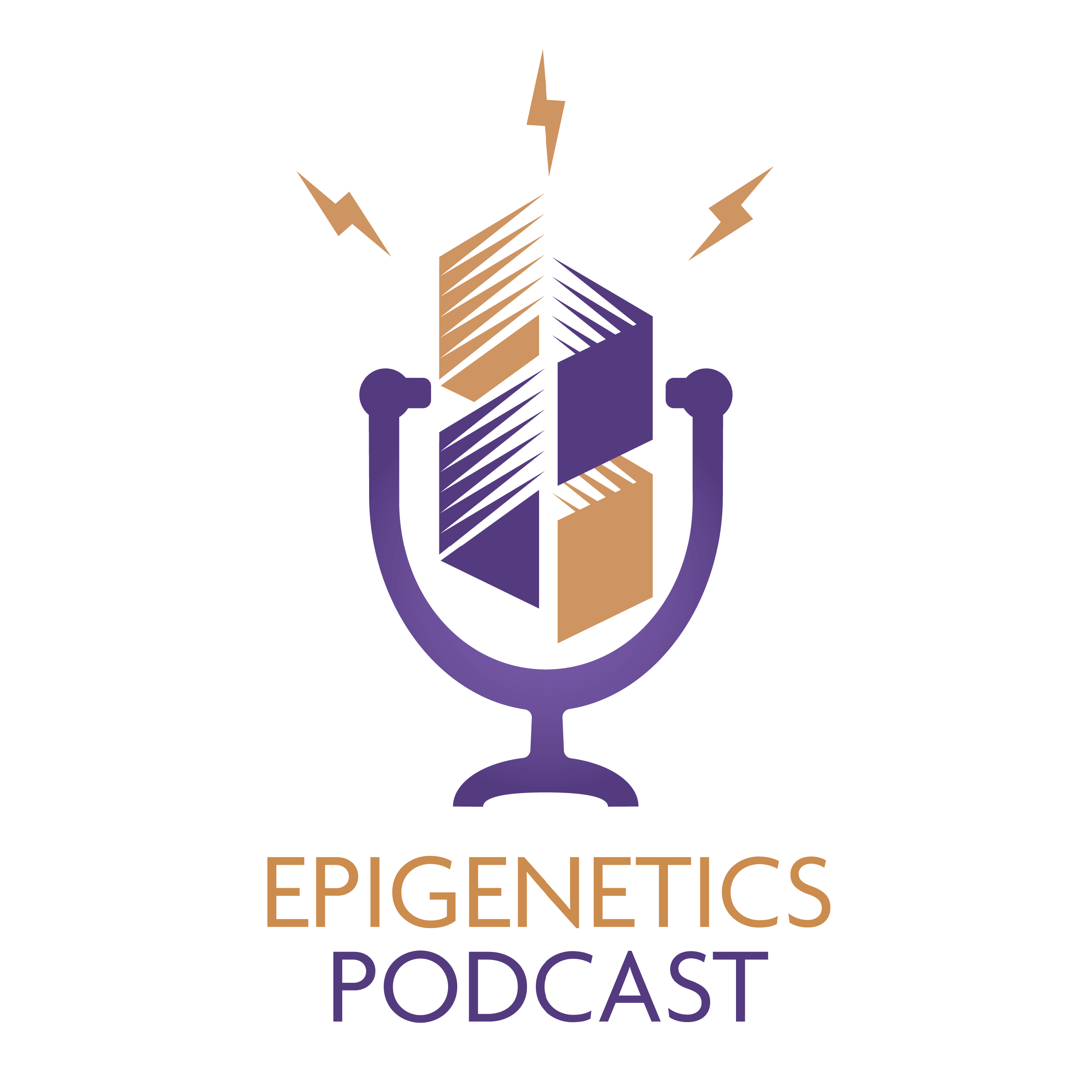- Other
- SEE MORE
- classical
- general
- talk
- News
- Family
- Bürgerfunk
- pop
- Islam
- soul
- jazz
- Comedy
- humor
- wissenschaft
- opera
- baroque
- gesellschaft
- theater
- Local
- alternative
- electro
- rock
- rap
- lifestyle
- Music
- como
- RNE
- ballads
- greek
- Buddhism
- deportes
- christian
- Technology
- piano
- djs
- Dance
- dutch
- flamenco
- social
- hope
- christian rock
- academia
- afrique
- Business
- musique
- ελληνική-μουσική
- religion
- World radio
- Zarzuela
- travel
- World
- NFL
- media
- Art
- public
- Sports
- Gospel
- st.
- baptist
- Leisure
- Kids & Family
- musical
- club
- Culture
- Health & Fitness
- True Crime
- Fiction
- children
- Society & Culture
- TV & Film
- gold
- kunst
- música
- gay
- Natural
- a
- francais
- bach
- economics
- kultur
- evangelical
- tech
- Opinion
- Government
- gaming
- College
- technik
- History
- Jesus
- Health
- movies
- radio
- services
- Church
- podcast
- Education
- international
- Transportation
- kids
- podcasts
- philadelphia
- Noticias
- love
- sport
- Salud
- film
- and
- 4chan
- Disco
- Stories
- fashion
- Arts
- interviews
- hardstyle
- entertainment
- humour
- medieval
- literature
- alma
- Cultura
- video
- TV
- Science
- en
Identification of Functional Elements in the Genome (Bing Ren)

b"In this episode of the Epigenetics Podcast, we caught up with Bing Ren, Ph.D., from the University of California, San Diego and the Ludwig Institute for Cancer Research to talk about his work on identifying functional elements of the genome and higher order genome structure.\\n\\xa0\\nDr. Ren\\u2019s lab invented an approach using chromatin immunoprecipitation-based methods for the identification of transcription factor binding sites and chromatin modification status genome-wide. His group\\xa0 was a major part of the ENCODE Project and the demonstration of this being an effective method for genome-wide mapping of cis-elements, has made their approach very popular among colleagues from the field.\\n\\xa0\\nHis lab recently discovered Topologically associating domains (TADs), which partition the human genome into a few thousand megabase-sized domains. Interactions occur predominantly within TADs but seldom between them and are surprisingly stable during development and are evolutionarily conserved. This organisatorial pattern helps explain how enhancers, who are often located kilobases away, influence their target genes.\\n\\xa0\\nIn this interview, we discuss the road of Bing Ren's scientific career, his role in the ENCODE Project and Roadmap Epigenome Consortia, and the discovery of Topologically associating domains (TADs).\\n\\xa0\\nReferences \\nThe ENCODE Project Consortium (2004) The ENCODE (ENCyclopedia Of DNA Elements) Project (Science) DOI: 10.1126/science.1105136\\xa0\\nYin Shen, Feng Yue, \\u2026 Bing Ren (2012) A map of the cis -regulatory sequences in the mouse genome (Nature) DOI: 10.1038/nature11243\\xa0\\nTae Hoon Kim, Leah O. Barrera, \\u2026 Bing Ren (2005) A high-resolution map of active promoters in the human genome (Nature) DOI: 10.1038/nature03877\\xa0\\nTae Hoon Kim, Ziedulla K. Abdullaev, \\u2026 Bing Ren (2007) Analysis of the Vertebrate Insulator Protein CTCF-Binding Sites in the Human Genome (Cell) DOI: 10.1016/j.cell.2006.12.048\\xa0\\nR. David Hawkins, Gary C. Hon, \\u2026 Bing Ren (2010) Distinct Epigenomic Landscapes of Pluripotent and Lineage-Committed Human Cells (Cell Stem Cell) DOI: 10.1016/j.stem.2010.03.018\\xa0\\nJesse R. Dixon, Siddarth Selvaraj, \\u2026 Bing Ren (2012) Topological domains in mammalian genomes identified by analysis of chromatin interactions (Nature) DOI: 10.1038/nature11082\\xa0\\nFulai Jin, Yan Li, \\u2026 Bing Ren (2013) A high-resolution map of the three-dimensional chromatin interactome in human cells (Nature) DOI: 10.1038/nature12644\\nContact\\n\\xa0\\nActive Motif on Twitter\\nEpigenetics Podcast on Twitter\\nActive Motif on Linked-In\\nActive Motif on Facebook\\neMail: podcast@activemotif.com"